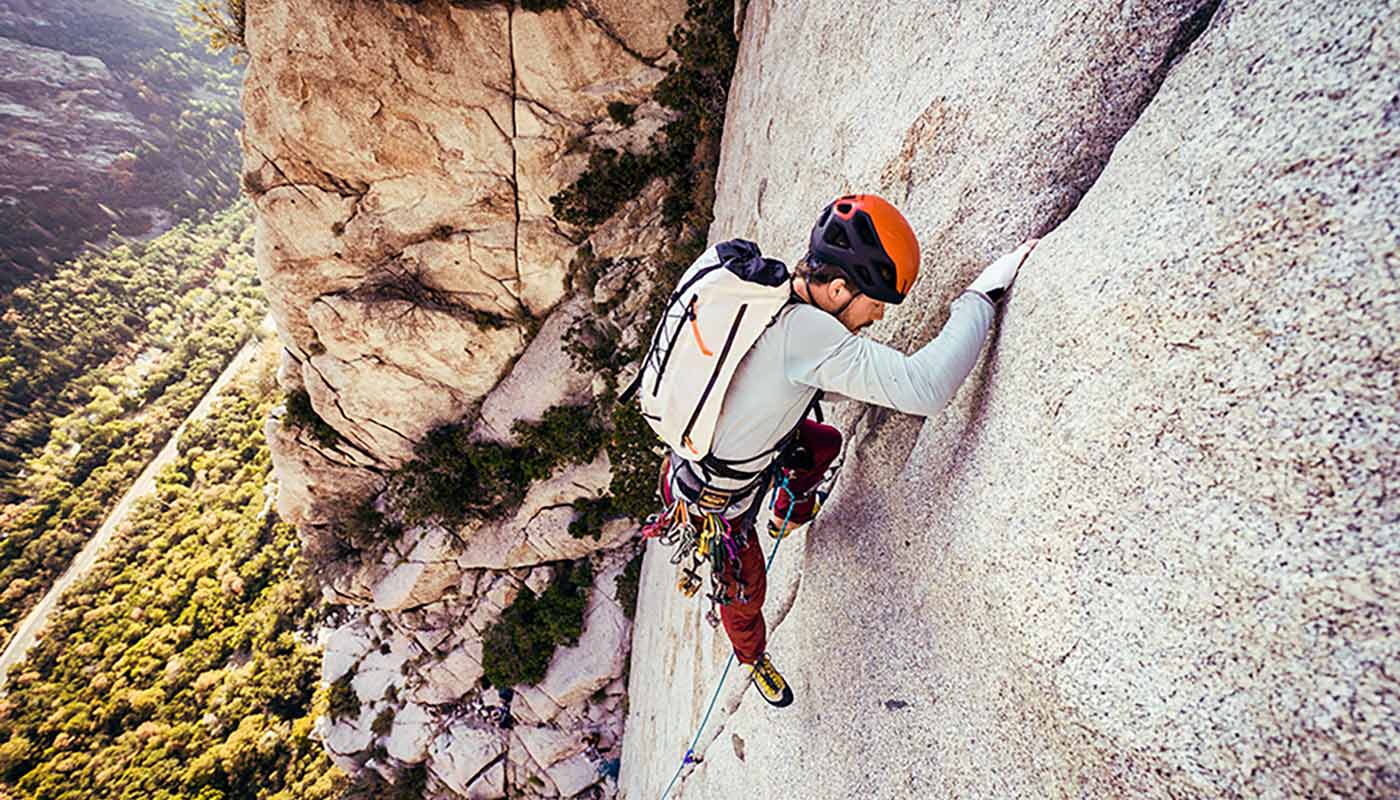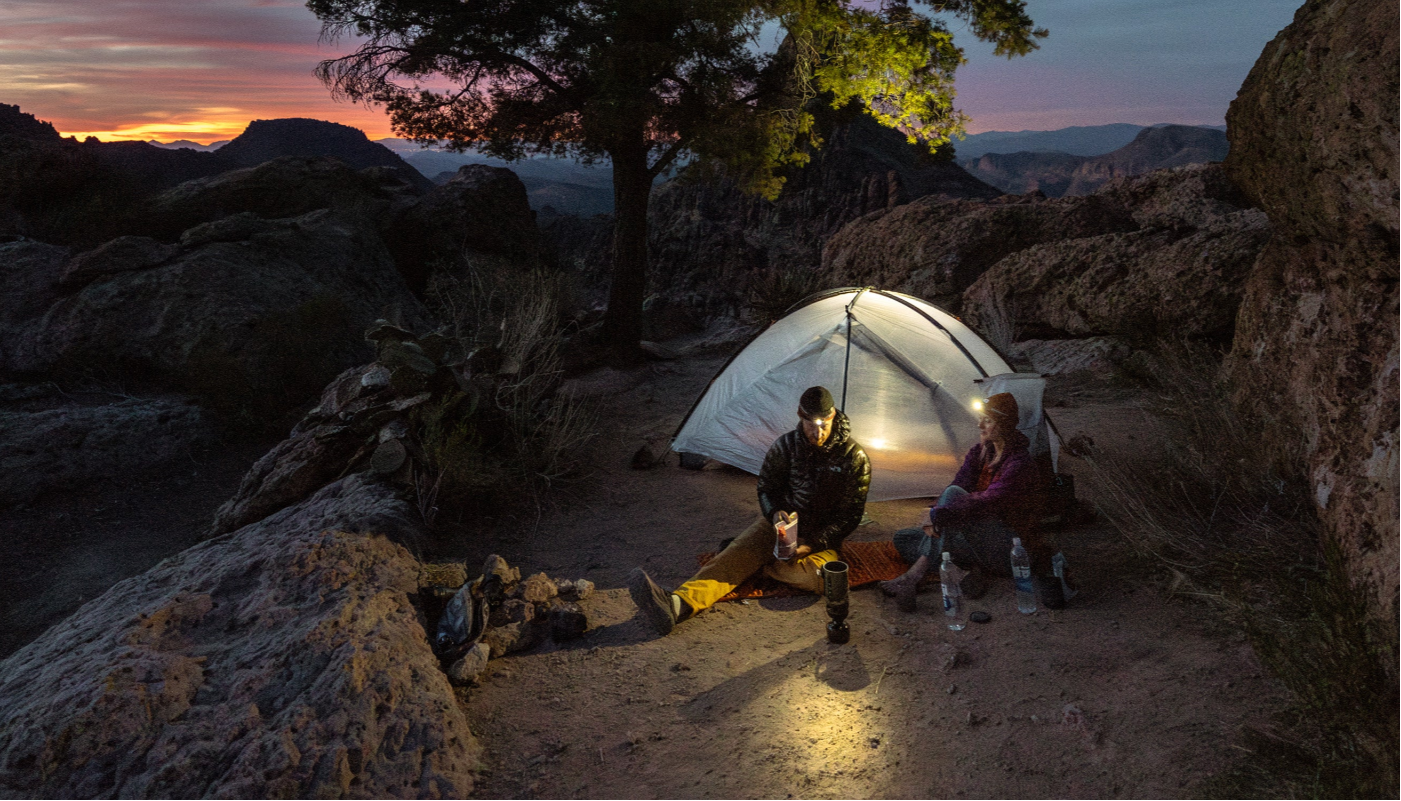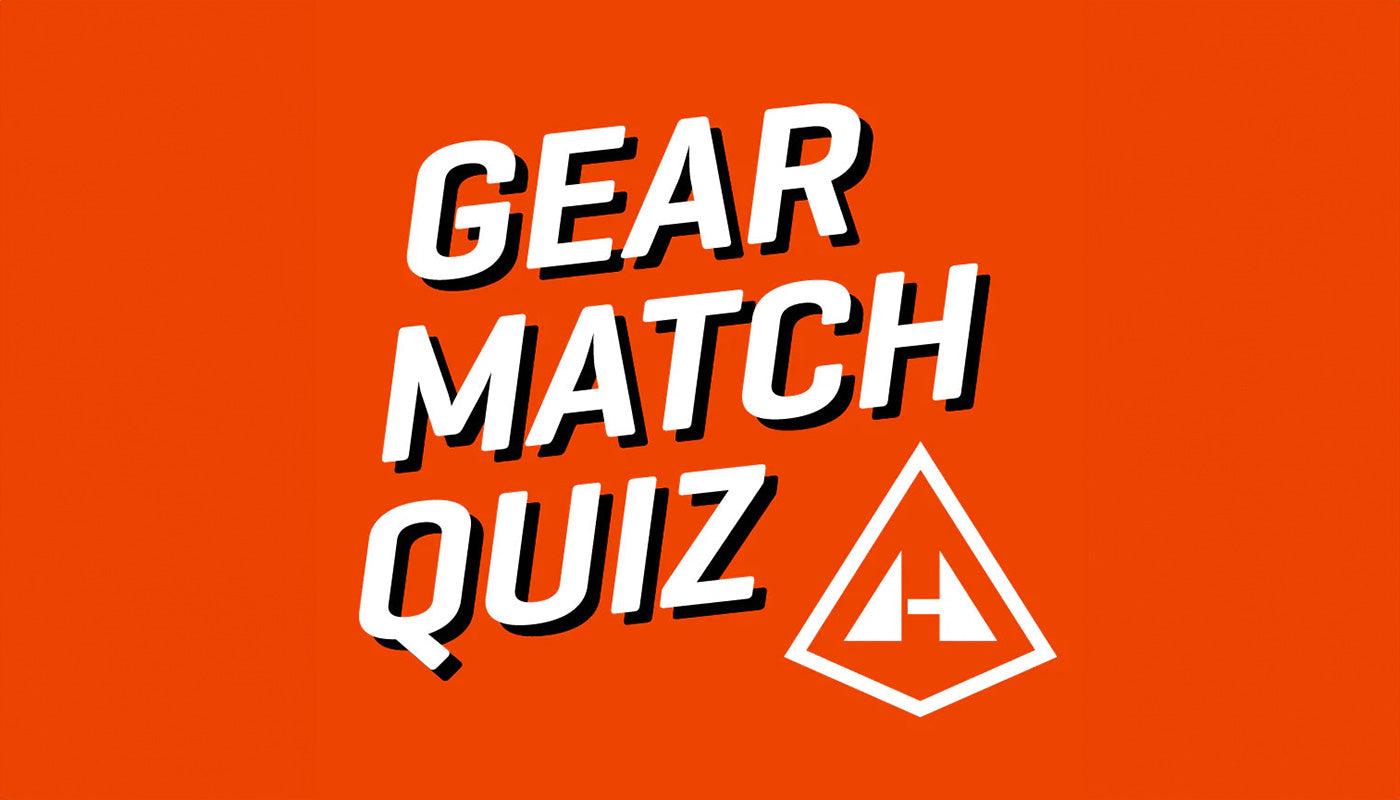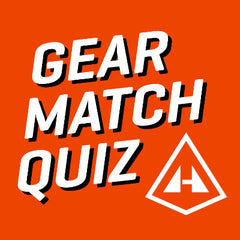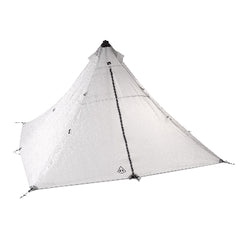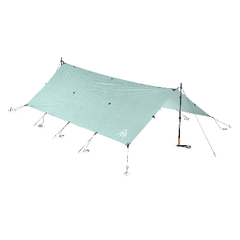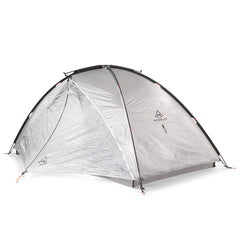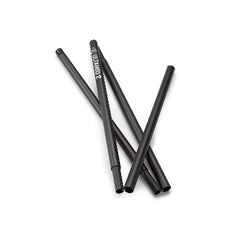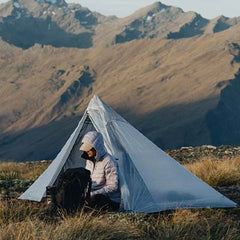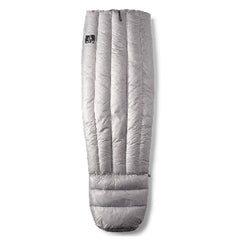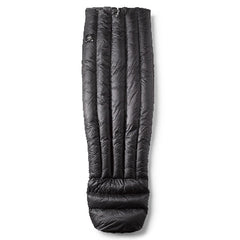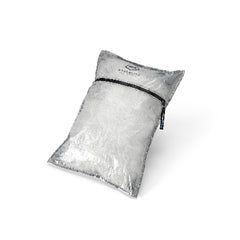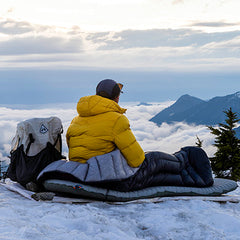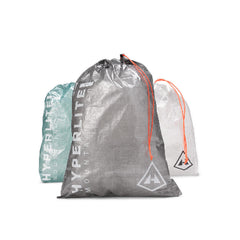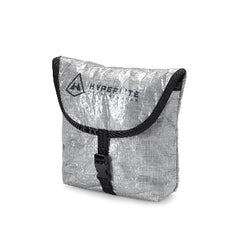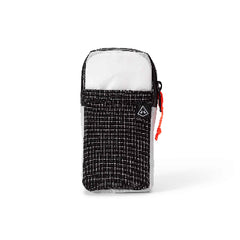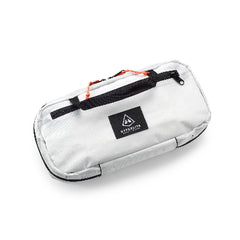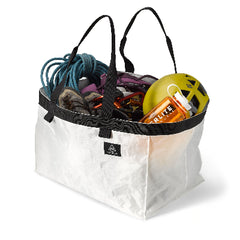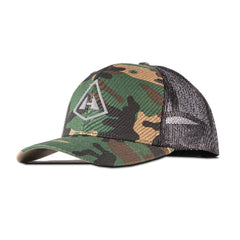Words and Photos by Tina Currin @tinacurrin
When you make a great sandwich, do you slap mayo on the bottom slice where it belongs, or do you smear it on top like you’re decorating a birthday cake? Lettuce: under the protein like God intended, or perched on top like some sort of decorative afterthought? Do you cut your sandwich in half like a functional adult, or just go full gremlin and shove it into your face whole? (No judgment; I do both. Depends on the day. And the sandwich.)
The point is, you’ve got a system—even if you don’t know it. The sock-shoe-sock-shoe people versus the sock-sock-shoe-shoe crowd. The systematic approach to getting dressed versus the grab-whatever's-closest-to-the-bed method. Rituals. Habits. Shortcuts carved out not because they’re sacred, but because they work.
Backpacking’s no different. Instead of fumbling around like a tourist in your own campsite, you better have a system. Because when the rain comes sideways at 3 a.m. and you’re searching for a headlamp you think might be in your hip belt pocket–or maybe it's in your food bag, or maybe you ate it–that’s not adventure. That’s just sloppy.
More than anything, systems buy you time. They make life smoother, cleaner, faster. It’s ten more minutes of sleep. It’s hot coffee before the sun’s over the ridge. It’s a leisurely dinner at camp.
Whether you're building a sandwich or packing a backpack, the goal is the same: to create enough order in the chaos that you can actually enjoy the good stuff.

MY SYSTEM
I’ve logged over 11,000 miles on foot in the last six years. Long days, long trails, long stretches of wondering what the hell I’m doing with my life. Somewhere along the way, I built a system. Nothing flashy. No color-coded spreadsheets. But I pack my bag the same way every time, whether I’m out for a quick smash-and-grab in the hills or disappearing into the wilderness for months at a time.
First, the bag: Hyperlite Mountain Gear Contour 35. No frame, no frills. Everything you need and nothing you don’t.
 Inside, I use a Nyoflume liner—basically a glorified, see-through trash bag, cut down to cradle the things I really care about: my sleeping bag and dry clothes. Those go in loose, uncompressed, down at the bottom. They give the frameless pack some backbone.
Inside, I use a Nyoflume liner—basically a glorified, see-through trash bag, cut down to cradle the things I really care about: my sleeping bag and dry clothes. Those go in loose, uncompressed, down at the bottom. They give the frameless pack some backbone.
 Then comes my inflatable sleeping pad and tent on top of the Nyoflume. Depending on the mood and forecast, it's either the Mid 1 or the Ultamid. Either way, it gets its own stuff sack, because that thing’s almost always soaked in rain, dew, or the dirt of last night’s campsite.
Then comes my inflatable sleeping pad and tent on top of the Nyoflume. Depending on the mood and forecast, it's either the Mid 1 or the Ultamid. Either way, it gets its own stuff sack, because that thing’s almost always soaked in rain, dew, or the dirt of last night’s campsite.
 Food sits on top of that. Always the heaviest item, and the one most likely to cause either joy or profound despair. If I’m in mellow bear country, where the bears act more like socially awkward deer, I use a Pod, which is designed to fit neatly in the bag. If I'm somewhere where the bears wear leather jackets and don’t flinch at airhorns, I bring an Ursack. Food weight also helps tamp down the compressible layers below. Double duty.
Food sits on top of that. Always the heaviest item, and the one most likely to cause either joy or profound despair. If I’m in mellow bear country, where the bears act more like socially awkward deer, I use a Pod, which is designed to fit neatly in the bag. If I'm somewhere where the bears wear leather jackets and don’t flinch at airhorns, I bring an Ursack. Food weight also helps tamp down the compressible layers below. Double duty.
 Then a tiny DCF pouch—1L Zippy—goes near the top like a crown jewel of crap I might need in a hurry. Meds, repair kits, battery bank. The quiet little tools that keep the trip from turning into a rescue mission.
Then a tiny DCF pouch—1L Zippy—goes near the top like a crown jewel of crap I might need in a hurry. Meds, repair kits, battery bank. The quiet little tools that keep the trip from turning into a rescue mission.
 Finally, stuffed into the outermost pocket like a gambler’s last ace: my rain jacket, headlamp, SOS beacon, and the day’s snack rations. When things go sideways—and eventually they will—I want my hands on sugar, warmth, and a way to call the chopper.
Finally, stuffed into the outermost pocket like a gambler’s last ace: my rain jacket, headlamp, SOS beacon, and the day’s snack rations. When things go sideways—and eventually they will—I want my hands on sugar, warmth, and a way to call the chopper.

That’s the system. Nothing fancy. Just making the most of what I’ve got, doing it the same way every time, and trying to carve out a little order in a world that doesn’t care if you’re lost, late, or soaking wet in the dark. In the backcountry, that’s enough. Sometimes, it’s everything.
